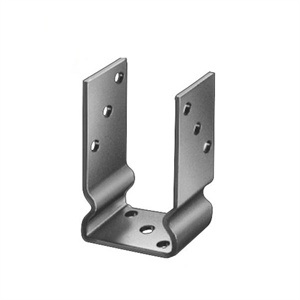The materials commonly used for Fourslide Multi-Slides parts depend on the purpose of the part, the working environment, the mechanical performance requirements, and cost considerations. Here are some commonly used materials:
Carbon steel: For many standard applications and cost-sensitive applications, carbon steel is a common choice for Fourslide Multi-Slides parts. Carbon steel has good strength and machinability, and is suitable for manufacturing various mechanical parts and structural parts.
Alloy steel: High-carbon, low-alloy steel is often used for parts that need to withstand high stress and wear due to its high strength and good wear resistance. For example, die steels such as Cr12 and Cr12Mo can be used to make complex stamping parts.
Stainless steel: Stainless steel is widely used in a variety of environments due to its excellent corrosion resistance. Stainless steel is an ideal choice for Fourslide Multi-Slides parts that need to resist chemical corrosion or maintain surface cleanliness.
Aluminum: Aluminium and aluminium alloys are often used to manufacture parts that require weight reduction and improved heat dissipation due to their light weight and good thermal conductivity. For example, aluminum alloys are often used in the aerospace and automotive industries to make a variety of components.
Copper: Copper and copper alloys have good electrical and thermal conductivity, making them suitable for manufacturing parts that require good electrical properties. In addition, copper has good processing properties and is easy to form and process.
Special alloys: For some special applications, special alloys such as titanium alloys, nickel-based alloys, etc. may be required. These materials typically have excellent mechanical, high-temperature or corrosion resistance, but are costly.
When selecting the common materials for Fourslide Multi-Slides parts, it is necessary to consider the functional requirements of the parts, the working environment, the cost, and the processing performance of the materials. At the same time, we work closely with suppliers and manufacturers to ensure that the selected materials meet the design requirements and achieve efficient production.
